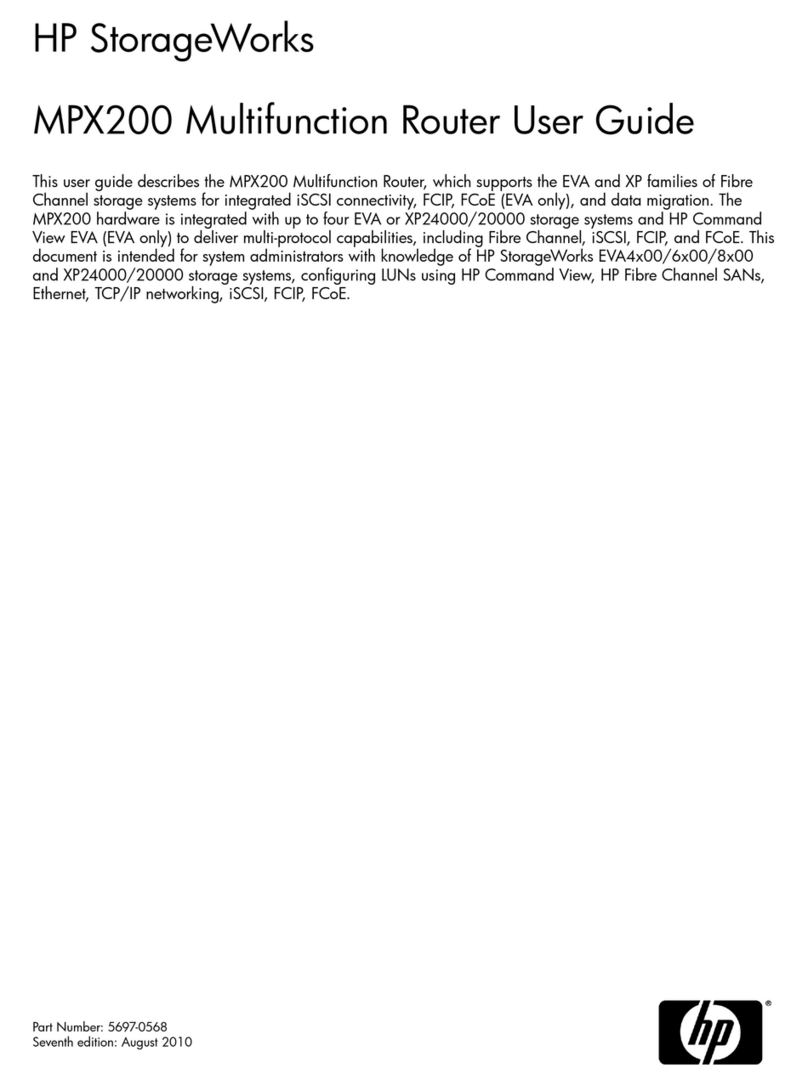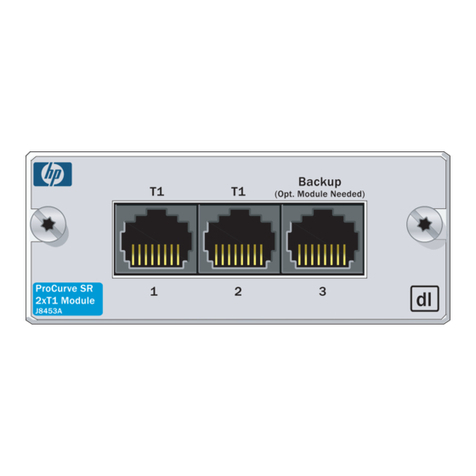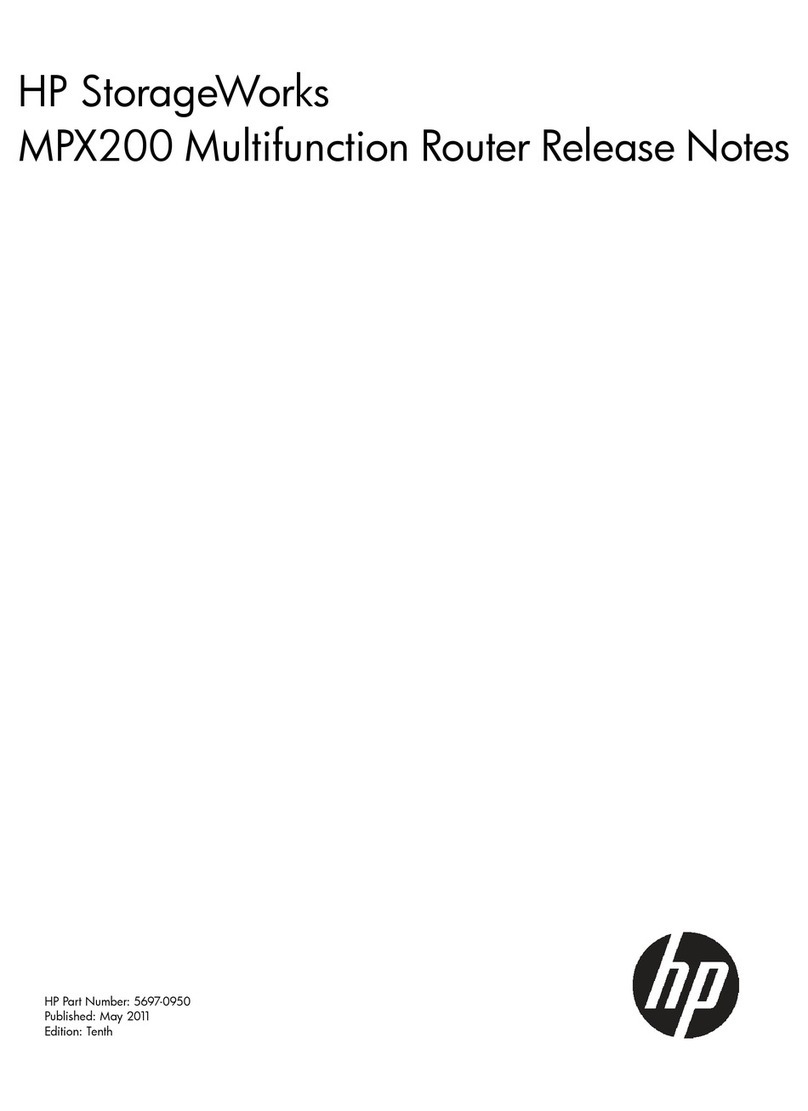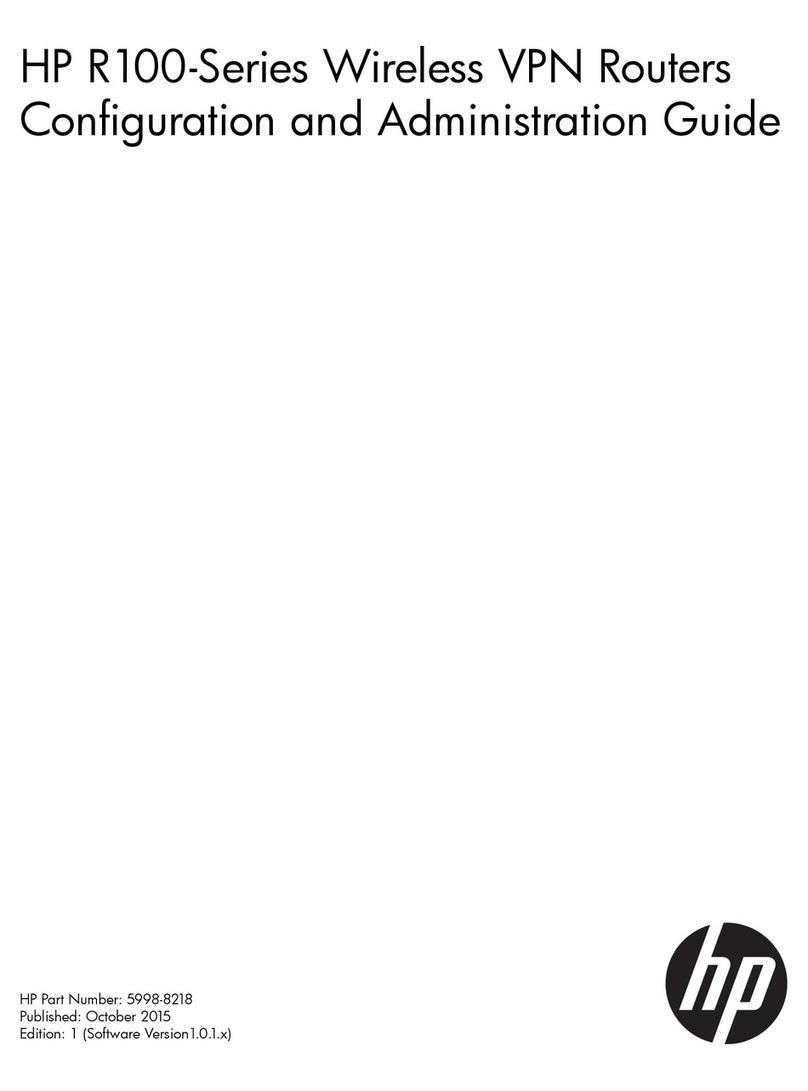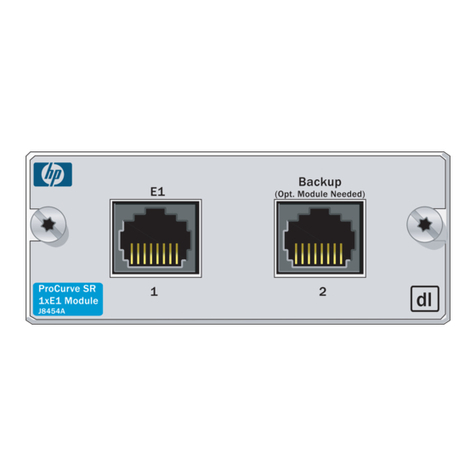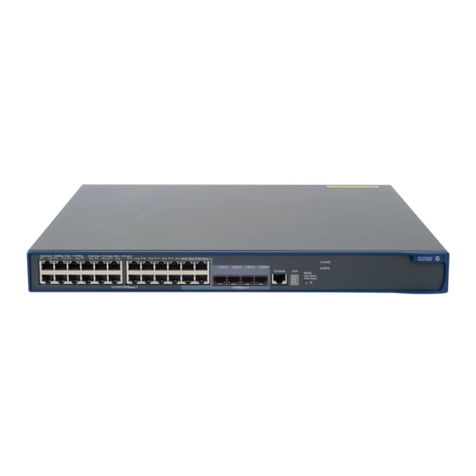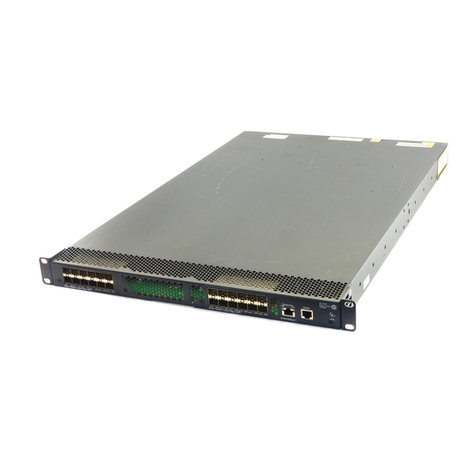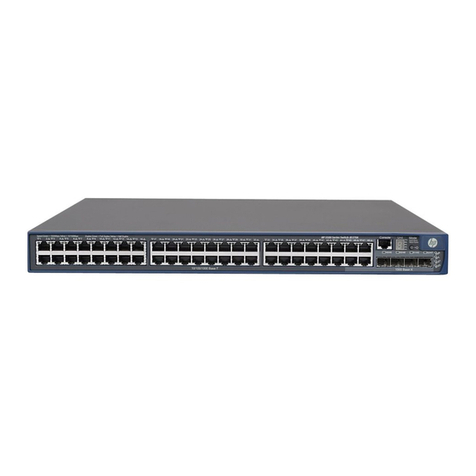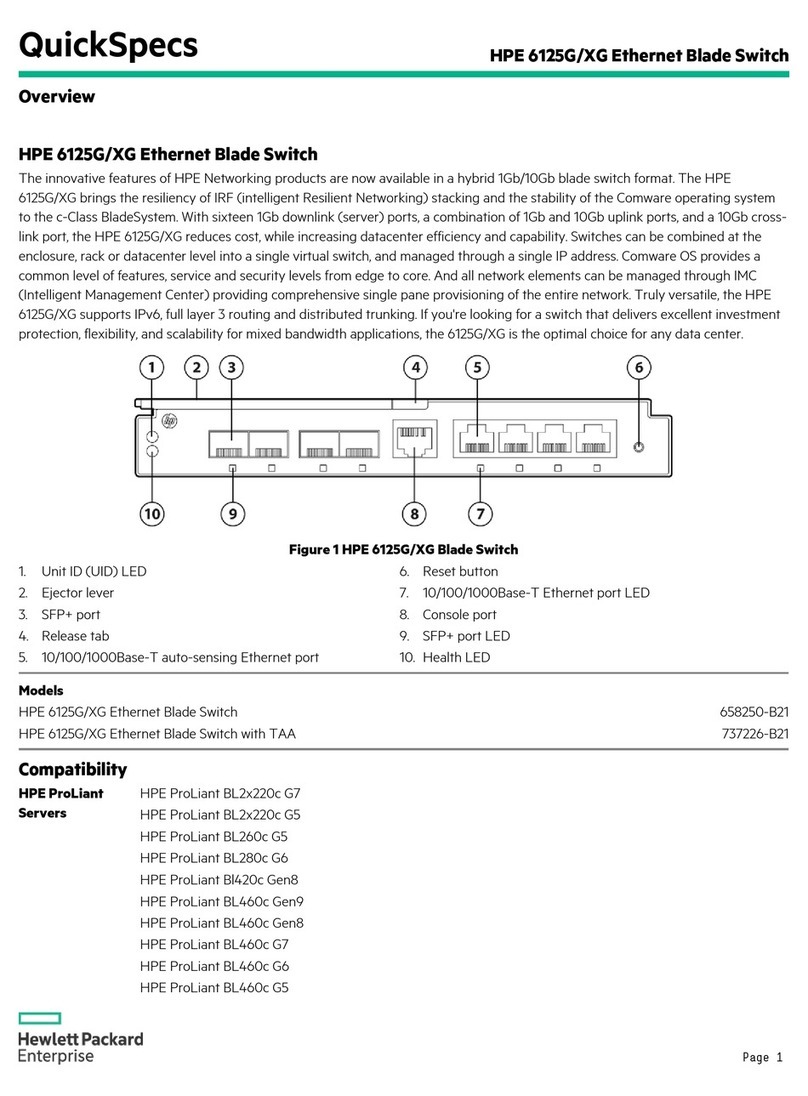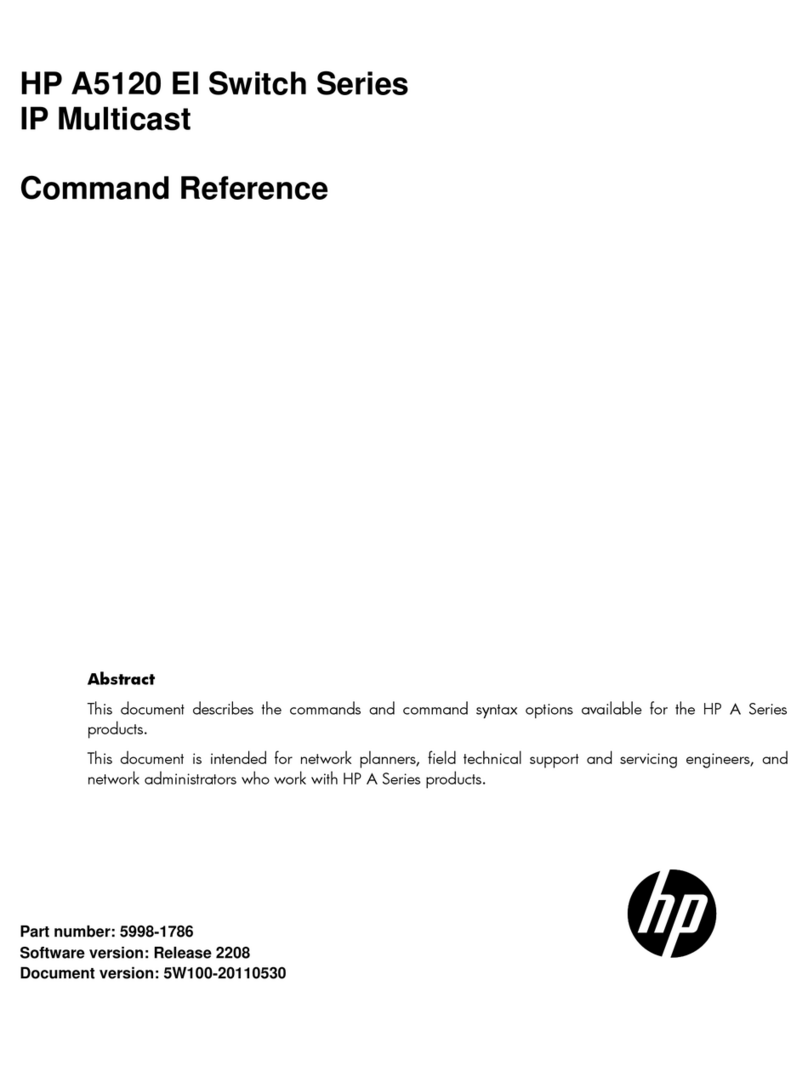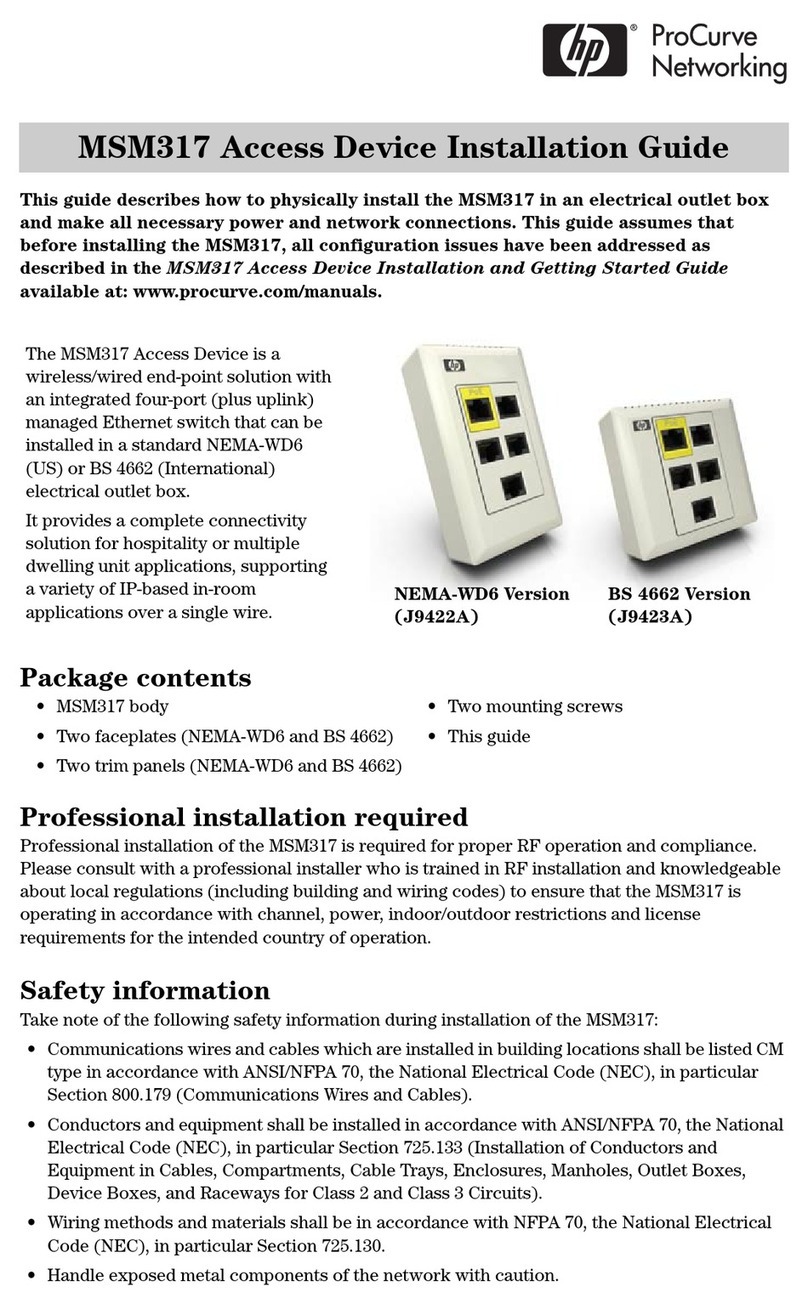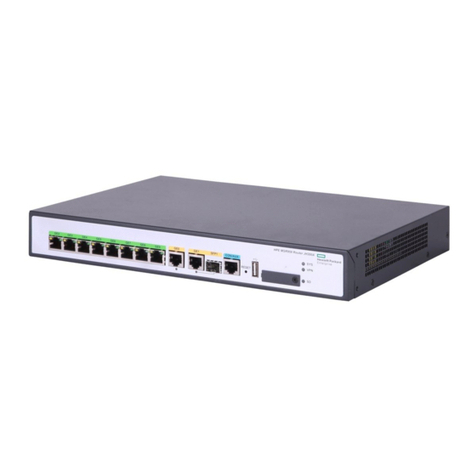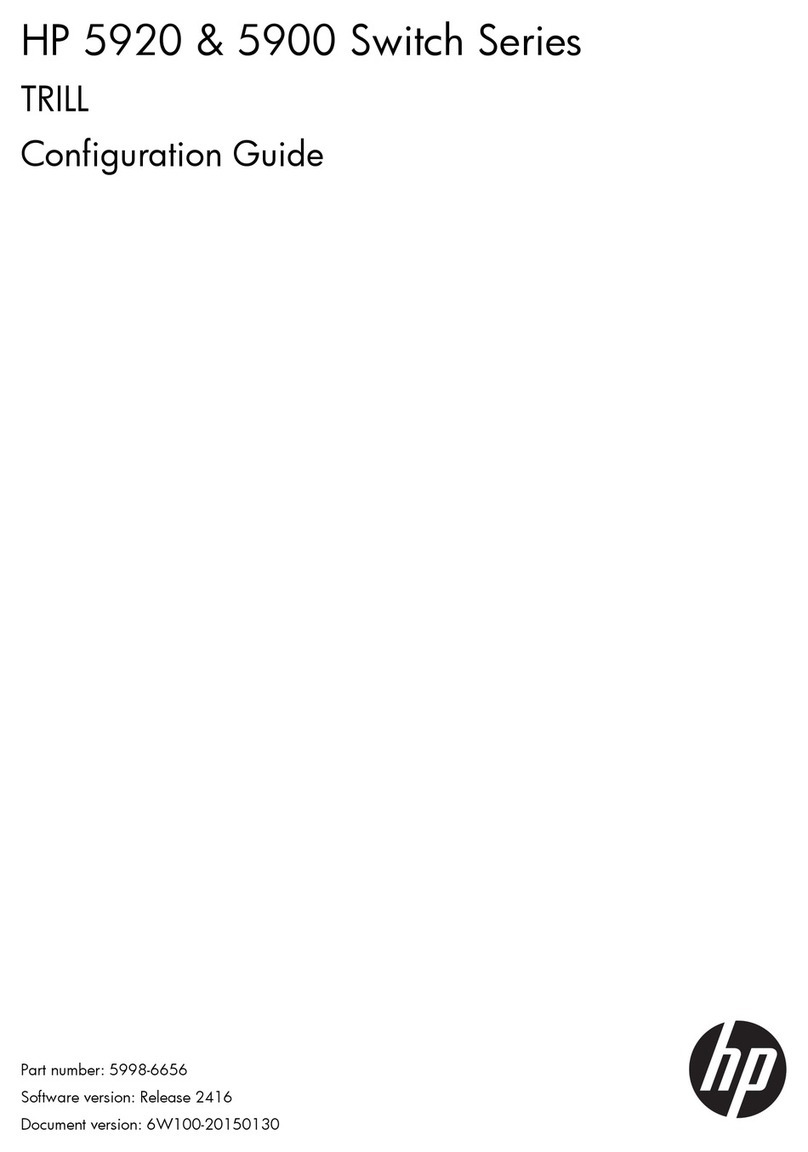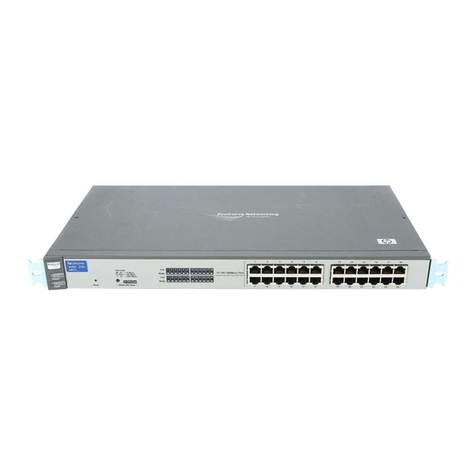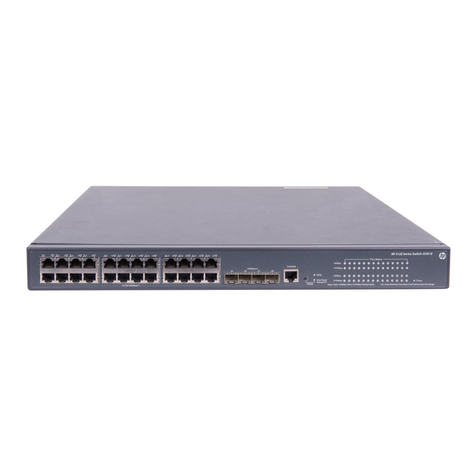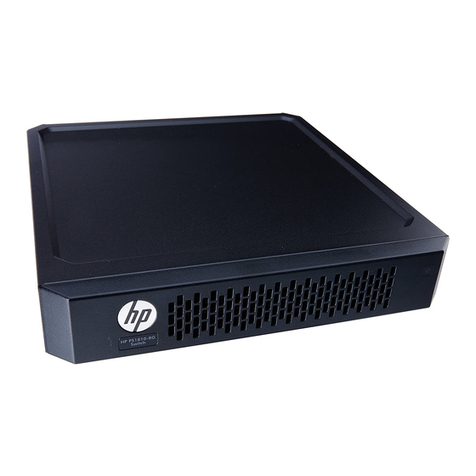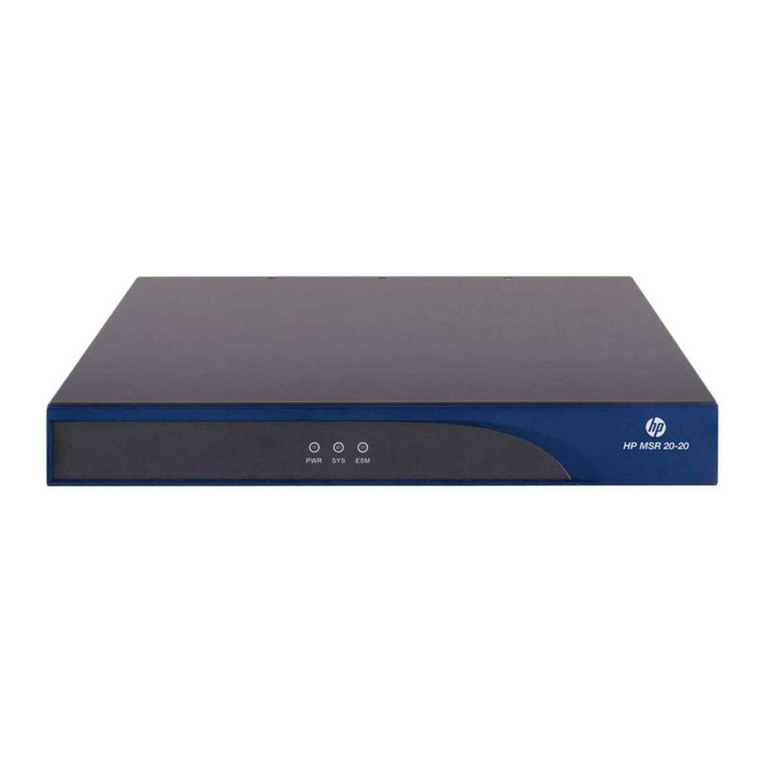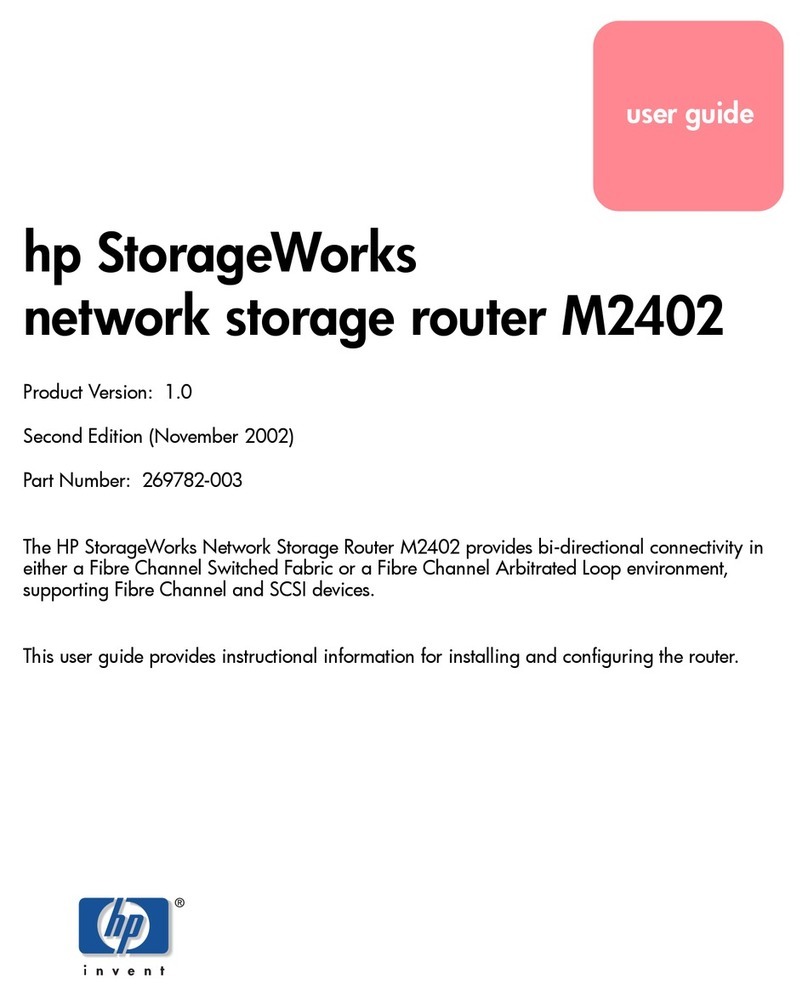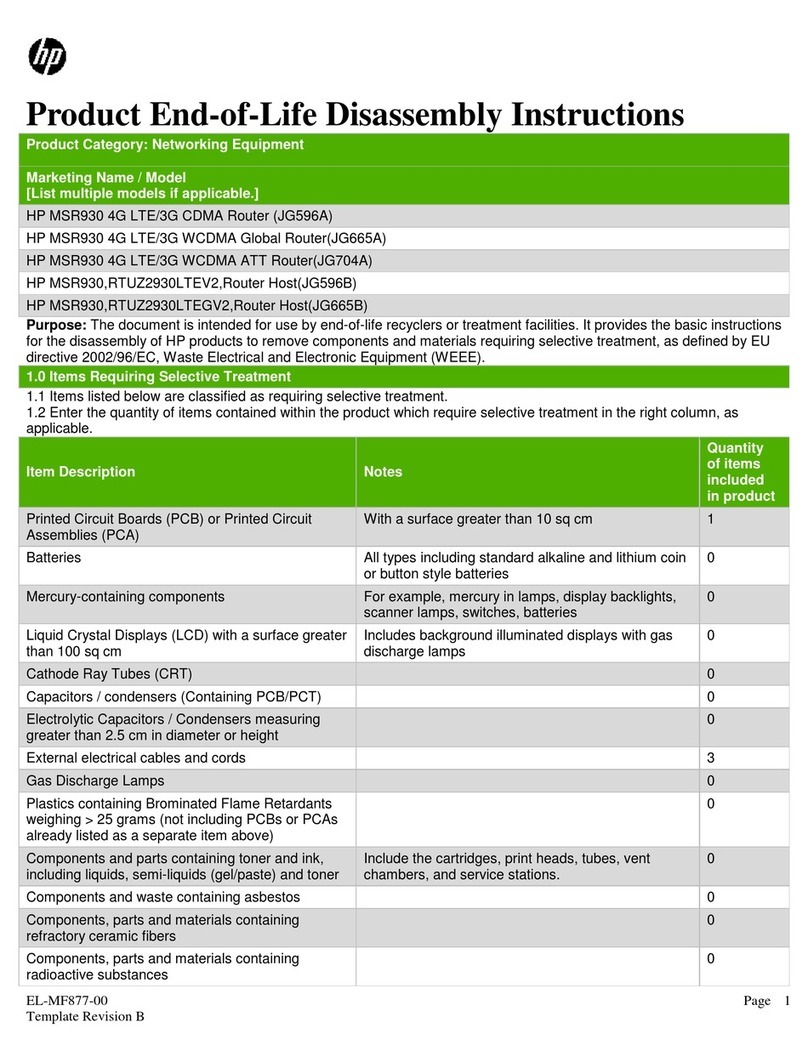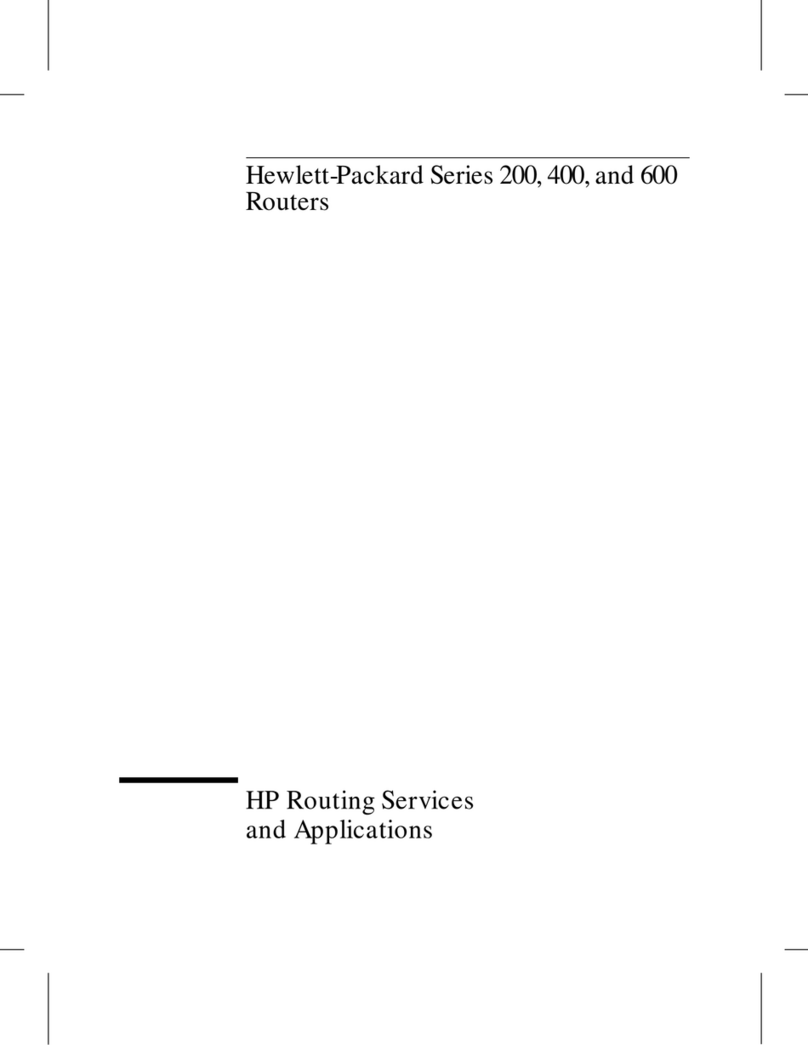
2
Configuring priority mapping·····························································37
Overview·································································································································· 37
Introduction to priorities ········································································································ 37
Priority maps ······················································································································ 37
Priority mapping configuration tasks ······························································································ 37
Configuring a priority map············································································································ 38
Configuring priority maps······································································································ 38
Configuring a port to trust packet priority for priority mapping······························································38
Changing the port priority of an interface ························································································ 39
Displaying and maintaining priority mapping···················································································· 39
Priority mapping configuration examples ························································································ 40
Priority trust mode configuration example················································································· 40
Priority mapping table and priority marking configuration example ················································ 41
Configuring traffic policing, GTS, and rate limit ·····································44
Overview·································································································································· 44
Traffic evaluation and token buckets ······················································································· 44
Traffic policing ···················································································································· 45
GTS·································································································································· 46
Rate limit ··························································································································· 47
Command and hardware compatibility···························································································· 48
Configuring traffic policing············································································································ 48
Configuring traffic policing by using the MQC approach······························································ 48
Configuring traffic policing by using the non-MQC approach························································ 50
Configuring GTS························································································································ 51
Configuring GTS by using the MQC approach ··········································································51
Configuring GTS by using the non-MQC approach ···································································· 52
Configuring the rate limit·············································································································· 53
Configuring the rate limit for an interface·················································································· 53
Configuring the rate limit for a PW ·························································································· 53
Displaying and maintaining traffic policing, GTS, and rate limit···························································· 54
Traffic policing, GTS, and rate limit configuration examples································································55
Traffic policing and GTS configuration example········································································· 55
Per-IP-address traffic policing configuration example ·································································56
Configuring congestion management··················································58
Overview·································································································································· 58
FIFO································································································································· 58
PQ···································································································································· 59
CQ ··································································································································· 59
WFQ································································································································· 60
CBQ ································································································································· 61
RTPQ ······························································································································· 62
Congestion management technique comparison ······································································· 63
Command and hardware compatibility···························································································· 64
Setting the FIFO queue size········································································································· 65
Setting the FIFO queue size for an interface or PVC ·································································· 65
Setting the FIFO queue size for a PW ····················································································· 65
Configuring PQ·························································································································· 66
Configuration restrictions and guidelines·················································································· 66
Configuration procedure ······································································································· 67
PQ configuration example····································································································· 68
Configuring CQ·························································································································· 69
Configuration restrictions and guidelines·················································································· 69
Configuration procedure ······································································································· 69
Configuring WFQ······················································································································· 70
Configuring WFQ for an interface or PVC················································································· 70
Configuring WFQ for a PW···································································································· 71
Configuring CBQ························································································································ 71
Predefined classes, traffic behaviors, and policies ····································································· 71
Defining a class ·················································································································· 72
